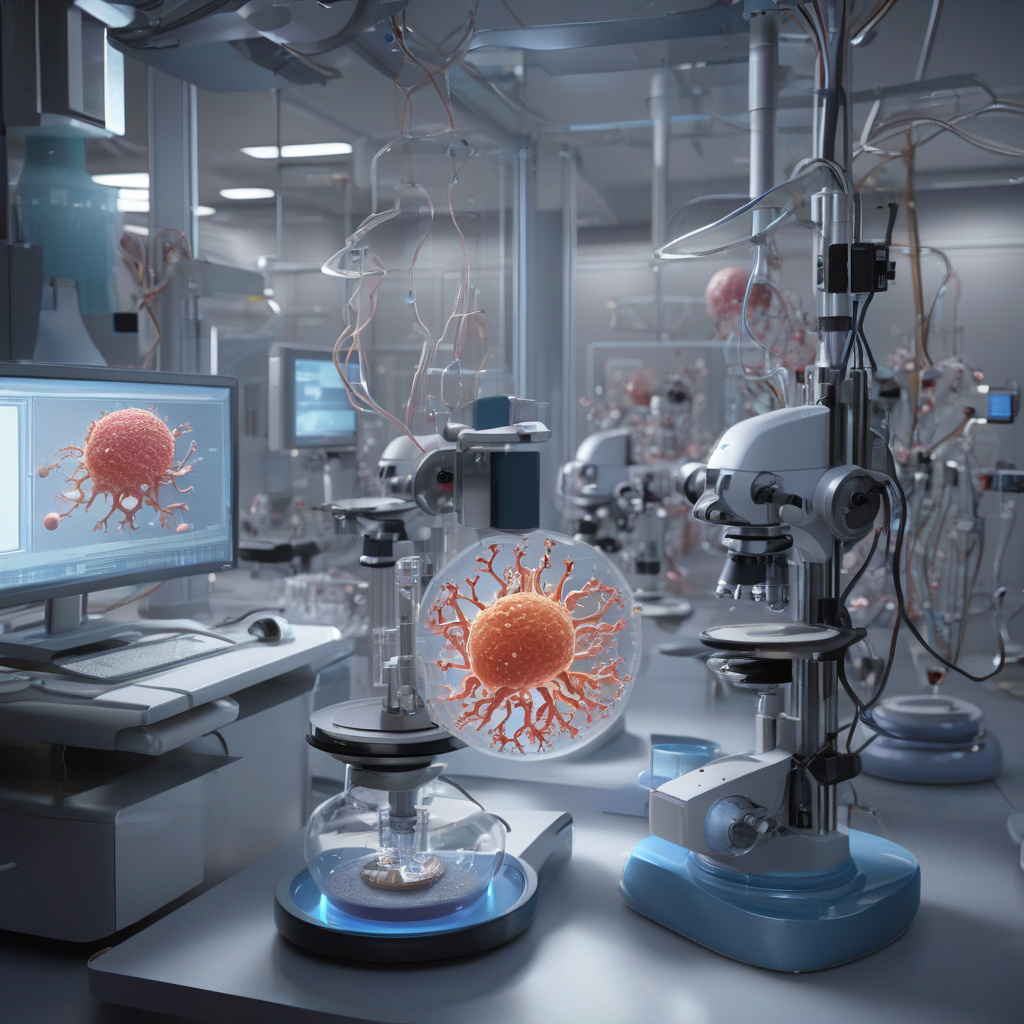Scientists Turn a Living Cell Protein into Functional Quantum Computing Bit
Researchers have fused two incompatible fields, quantum technology and biology. In an interesting development, the boundaries between the biological and technological worlds are becoming increasingly blurred as scientists have successfully turned a living cell protein into a functional quantum computing bit.
This groundbreaking achievement marks a significant milestone in the realm of quantum computing, opening up a plethora of possibilities for the future of technology. By harnessing the unique properties of living cell proteins, researchers have been able to create a quantum computing bit that is not only incredibly small but also highly efficient.
One of the key advantages of using living cell proteins in quantum computing is their stability and reliability. Unlike traditional computing bits that are prone to errors and fluctuations, the proteins derived from living cells offer a more stable platform for quantum computing. This increased stability can lead to enhanced performance and accuracy in quantum computations, paving the way for a new era of technological advancement.
Moreover, the use of living cell proteins in quantum computing also holds promise for the development of biocompatible quantum devices. As these proteins are naturally occurring in living organisms, they are more likely to be accepted by the human body, making them ideal for applications in the field of biomedical engineering. Imagine a future where quantum computing devices can seamlessly integrate with the human body, revolutionizing the way we approach healthcare and medical treatments.
The fusion of quantum technology and biology exemplifies the power of interdisciplinary collaboration in driving innovation and discovery. By bringing together experts from diverse fields such as physics, biology, and engineering, researchers have been able to push the boundaries of what was once thought possible and unlock new opportunities for scientific exploration.
As we look towards the future, the integration of living cell proteins into quantum computing opens up a world of possibilities. From supercharged computing power to biocompatible quantum devices, the potential applications of this groundbreaking technology are vast and varied. It is not hard to imagine a future where quantum computers powered by living cell proteins are ubiquitous, transforming industries and revolutionizing the way we live and work.
In conclusion, the transformation of a living cell protein into a functional quantum computing bit represents a major leap forward in the field of quantum technology. By leveraging the unique properties of biological molecules, researchers have unlocked new opportunities for innovation and discovery. As we continue to explore the intersection of quantum technology and biology, we are sure to witness even more groundbreaking advancements that will shape the future of technology for years to come.
quantum computing, biology, technology, innovation, interdisciplinary collaboration












